Welcome to the Amira-Avizo Software Use Case Gallery
Below you will find a collection of use cases of our 3D data visualization and analysis software. These use cases include scientific publications, articles, papers, posters, presentations or even videos that show how Amira-Avizo Software is used to address various scientific and industrial research topics.
Use the Domain selector to filter by main application area, and use the Search box to enter keywords related to specific topics you are interested in.
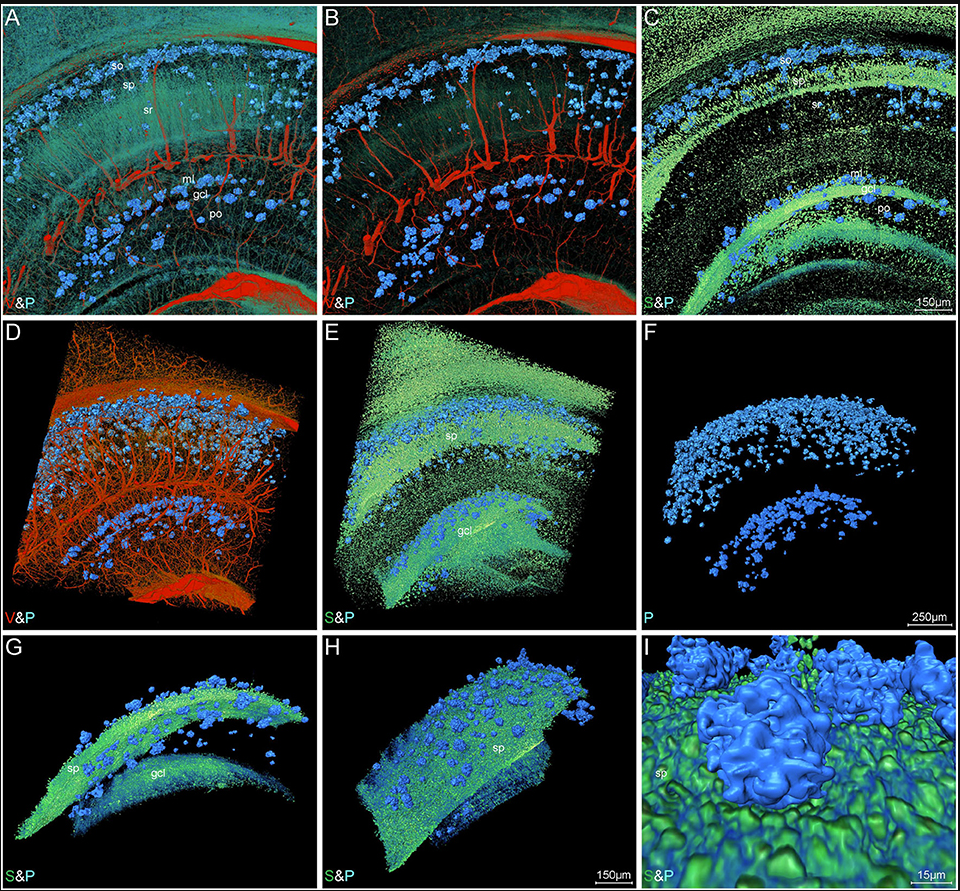
High-Resolution Digital Panorama of Multiple Structures in Whole Brain of Alzheimer's Disease Mice
Our study placed emphasis on solving problems in processing high-throughput bright field images and made attempt in developing a method for the extraction and reconstruction of multiple structures. This will facilitate a better understanding of the cerebral anatomical features under the pathological state of AD and shows extensive application prospect in drug efficacy assessment from brain-wide level.
Simultaneously visualizing Amyloid-β (Aβ) plaque with its surrounding brain structu... Read more
Xianzhen Yin, Xiaochuan Zhang, Jingjing Zhang, Weicheng Yang, Xian Sun, Haiyan Zhang, Zhaobing Gao, Hualiang Jiang
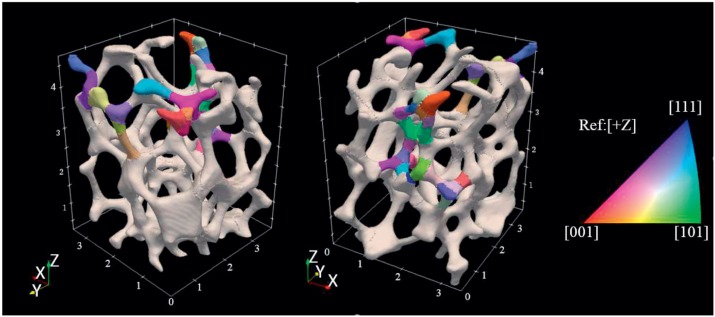
The complex mechanical response of open-cell foams depends strongly on the hierarchy of length scales inherent in them, from engineering-part scale to the ligament scale through the grain scale down to the crystal-lattice scale. A first step toward understanding and predicting the coordinated mechanical response across le... Read more
Jayden C. Plumb, Jonathan F. Lind, Joseph C. Tucker, Ron Kelley, Ashley D. Spear
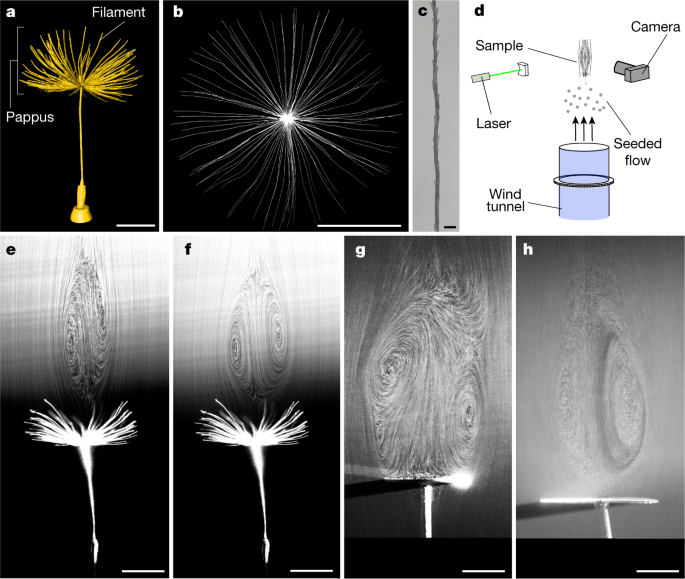
A separated vortex ring underlies the flight of the dandelion
Wind-dispersed plants have evolved ingenious ways to lift their seeds. The common dandelion uses a bundle of drag-enhancing bristles (the pappus) that helps to keep their seeds aloft. This passive flight mechanism is highly effective, enabling seed dispersal over formidable distances; however, the physics underpinning pappus-mediated flight remains unresolved. Here we visualized the flow around dandelion seeds, uncovering an extraordinary type of vortex. This vortex is a ring of recirculating... Read more
Cathal Cummins, Madeleine Seale, Alice Macente, Daniele Certini, Enrico Mastropaolo, Ignazio Maria Viola, Naomi Nakayama
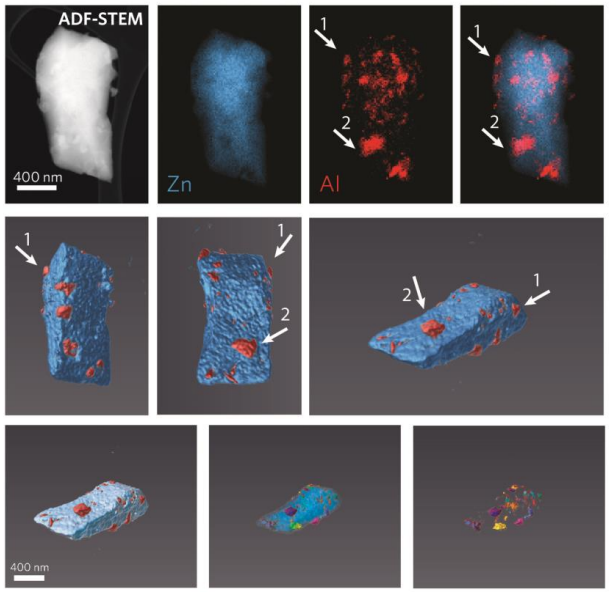
Metal-Organic Framework Crystal-Glass Composites
The majority of research into metal-organic frameworks (MOFs) focuses on their crystalline nature. However, in recent research the vitrification of a number of MOFs has been revealed. We propose that the solid-liquid phase transitions involved in MOF-glass formation can provide unique opportunities for the creation of a new class of functional, stable and porous composite materials. Described herein is the design, synthesis, and characterisation of novel metal-organic framework (MOF) crystal-... Read more
Jingwei Hou, Christopher W. Ashling, Sean M. Collins, Andraž Krajnc, Chao Zhou, Louis Longley, Duncan N. Johnstone, Philip A. Chater, Shichun Li, François-Xavier Coudert, David A. Keen, Paul A. Midgley, Gregor Mali, Vicki Chen, Thomas Bennett
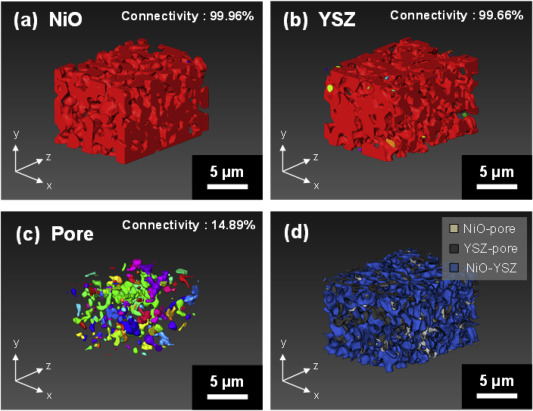
Nickel-yttria-stabilized zirconia (Ni-YSZ) cermet is widely used as an anode material in solid oxide fuel cells (SOFCs); however, Ni re-oxidation causes critical problems due to volume expansion, which causes high thermal stress. We fabricated a Ni-YSZ anode functional layer (AFL), which is an essential component in high-performance SOFCs, and re-oxidized it to investigate the related three-dimensional (3D) microstructural and thermo-mechanical effects. A 3D model of the re-oxidized AFL ... Read more
Jun Woo Kim, Kiho Bae, Hyun Joong Kim, Ji-won Son, Namkeun Kim, Stefan Stenfelt, Fritz B. Prinz, Joon Hyung Shim
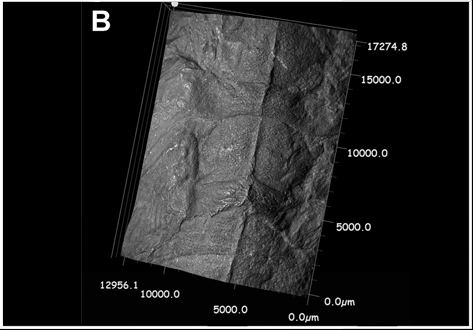
Paleozoic Nymphal Wing Pads Support Dual Model of Insect Wing Origins
The appearance of wings in insects, early in their evolution [1], has been one of the more critical innovations contributing to their extraordinary diversity. Despite the conspicuousness and importance of wings, the origin of these structures has been difficult to resolve and represented one of the “abominable mysteries” in evolutionary biology [2]. More than a century of debate has boiled the matter down to two competing alternatives—one of wings representing an extension of the thorac... Read more
Department of Zoology, Faculty of Science, Charles University, Praha, Czech Republic and al.
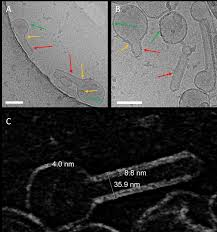
Influenza A matrix protein M1 is sufficient to induce lipid membrane deformation
The matrix protein M1 of the Influenza A virus is considered to mediate viral assembly and budding at the plasma membrane (PM) of infected cells. In order for a new viral particle to form, the PM lipid bilayer has to bend into a vesicle towards the extracellular side. Studies in cellular models have proposed that different viral proteins might be responsible for inducing membrane curvature in this context (including M1), but a clear consensus has not been reached. In this study, we use a comb... Read more
Ismail Dahmani, Kai Ludwig, Salvatore Chiantia
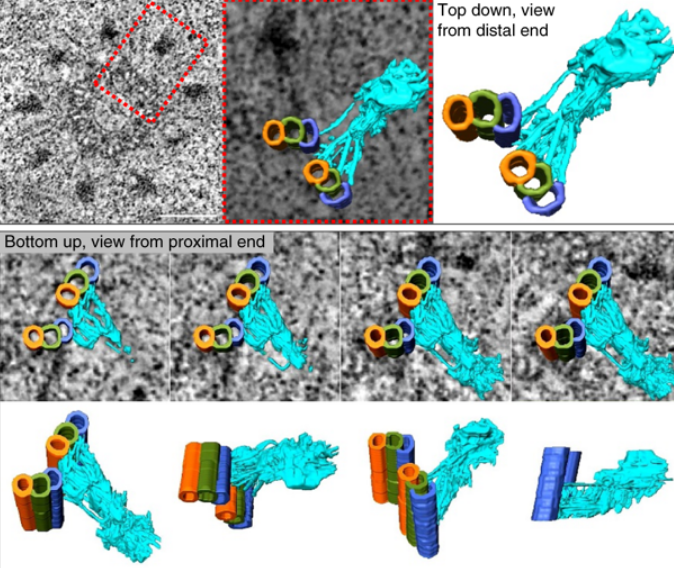
Centrioles are vital cellular structures that form centrosomes and cilia. The formation and function of cilia depends on a set of centriole’s distal appendages. In this study, we use correlative super resolution and electron microscopy to precisely determine where distal appendage proteins localize in relation to the centriole microtubules and appendage electron densities. Here we characterize a novel distal appendage protein ANKRD26 and detail, in high resolution, the initial steps of dist... Read more
Mathew Bowler, Dong Kong, Shufeng Sun, Rashmi Nanjundappa, Lauren Evans, Veronica Farmer, Andrew Holland, Moe R. Mahjoub, Haixin Sui & Jadranka Loncarek
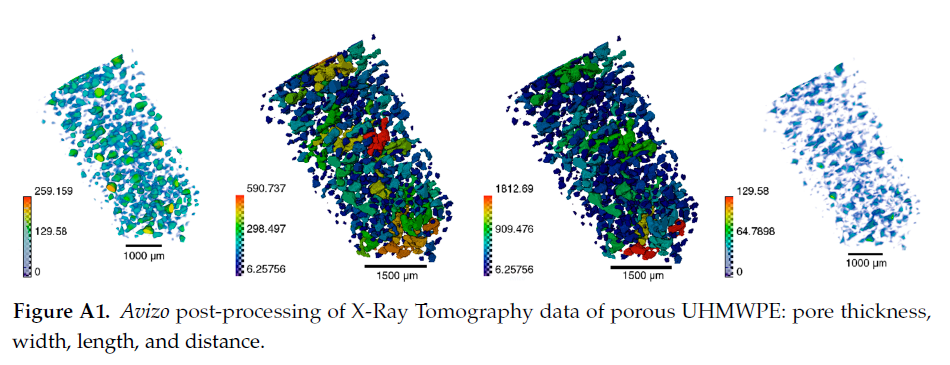
Since its invention and commercialization in the 1950s, ultra-high molecular weight polyethylene (UHMWPE) has been known as a high-performance polymer successfully applied in diverse engineering systems ranging from strong ropes for naval demands and wear-resistant liners in bearings, transportation belts and heavy trucks in mines and quarries, through the lining of chemical vessels and disposable bags in bioreactors, to sophisticated products such as orthopaedic implants and replacements of ... Read more
Eugene S. Statnik, Codrutza Dragu, Cyril Besnard, Alexander J.G. Lunt, Alexey I. Salimon, Aleksey Maksimkin and Alexander M. Korsunsky
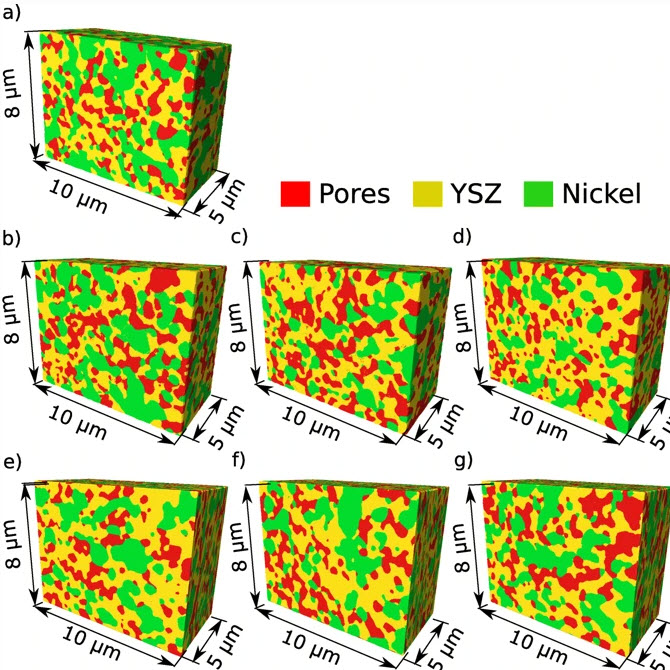
An Anisotropic Microstructure Evolution in a Solid Oxide Fuel Cell Anode
A solid oxide fuel cell (SOFC) is an electrochemical device that converts the chemical energy of hydrogen directly into electricity. A single cell usually has a form of a flat plate in which an impervious and dense ion-conducting electrolyte is sandwiched between two porous catalytic electrodes: an anode and a cathode. Fuel is fed to the anode side, and the air is supplied to the cathode. The gasses cannot mix to avoid unproductive combustion. Instead, gasses hit catalyst material, lose their... Read more
Grzegorz Brus, Hiroshi Iwai, Janusz S. Szmyd
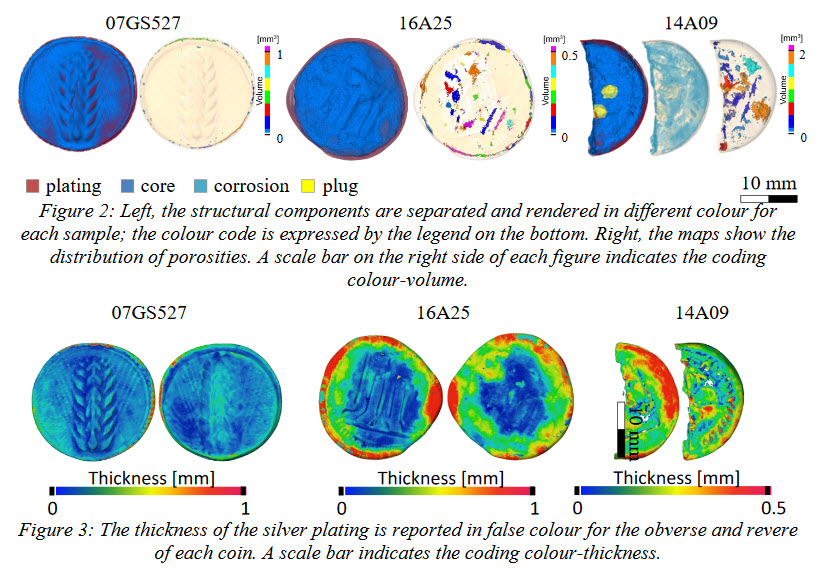
A Neutron Tomographic Analysis of Plated Silver Coins from Ancient Greece Official or Illegal?
In the 6th century BC different techniques of coin manufacture were employed by mints in mainland Greece and in the Greek colonies in Southern Italy. In Greece these techniques were evidently derived from the Lydians and consisted in striking a piece of cast metal of predetermined weight (a ‘blank’ or flan) between two engraved dies made of hardened bronze. Colonies in Magna Graecia, however, uniquely developed another set of minting techniques to produce what today is called incuse coina... Read more
Scott Olsen, Filomena Silvemini, Ulf Garbe, Max Avdeev, Joel Davis, Vladimir Luzin, Ken Sheedy
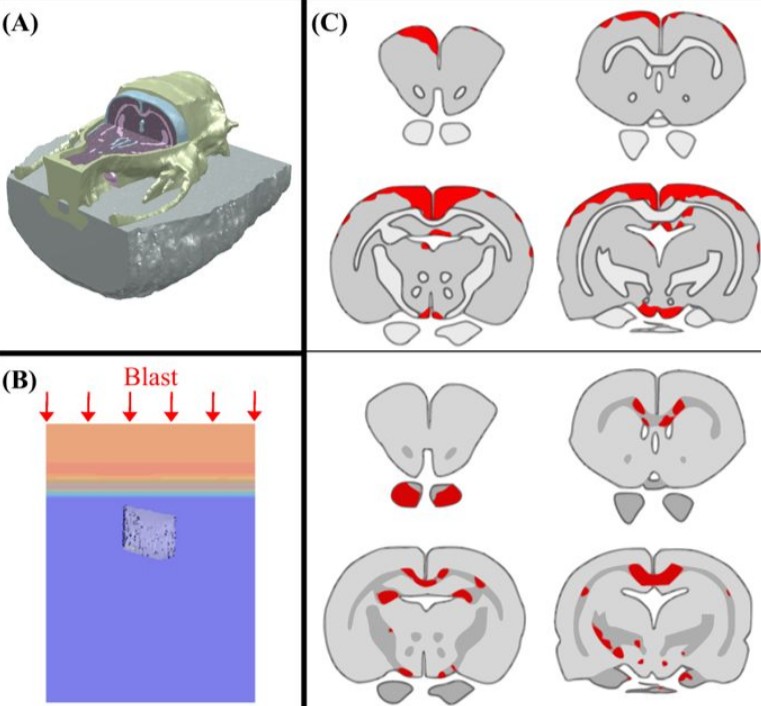
Cognition based bTBI mechanistic criteria; a tool for preventive and therapeutic innovations
Blast-induced traumatic brain injury has been associated with neurodegenerative and neuropsychiatric disorders. To date, although damage due to oxidative stress appears to be important, the specific mechanistic causes of such disorders remain elusive. Here, to determine the mechanical variables governing the tissue damage eventually cascading into cognitive deficits, we performed a study on the mechanics of rat brain under blast conditions. To this end, experiments were carried out to analyse... Read more
Daniel Garcia-Gonzalez, Nicholas S. Race, Natalie L. Voets, Damian R. Jenkins, Stamatios N. Sotiropoulos, Glen Acosta, Marcela Cruz-Haces, Jonathan Tang, Riyi Shi & Antoine Jérusalem
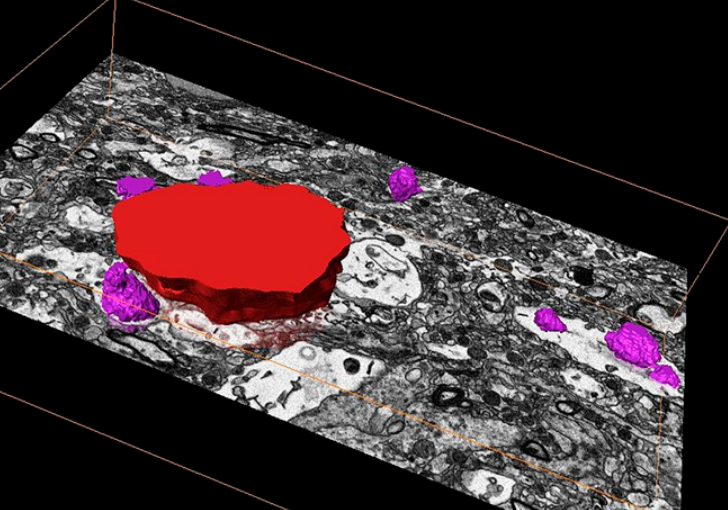
Corpora amylacea are cell-derived structures that appear physiologically in the aged human brain. While their histological identification is straightforward, their ultrastructural composition and microenvironment at the nanoscale have remained unclear so far, as has their relevance to aging and certain disease states that involve the sequestration of toxic cellular metabolites. Here, we apply correlative serial block-face scanning electron microscopy and transmission electron tomograp... Read more
Paula P. Navarro, Christel Genoud, Daniel Castaño-Díez, Alexandra Graff-Meyer, Amanda J. Lewis, Yvonne de Gier, Matthias E. Lauer, Markus Britschgi, Bernd Bohrmann, Stephan Frank, Jürgen Hench, Gabriel Schweighauser, Annemieke J. M. Rozemuller, Wilma D. J. van de Berg, Henning Stahlberg & Sarah H. Shahmoradian
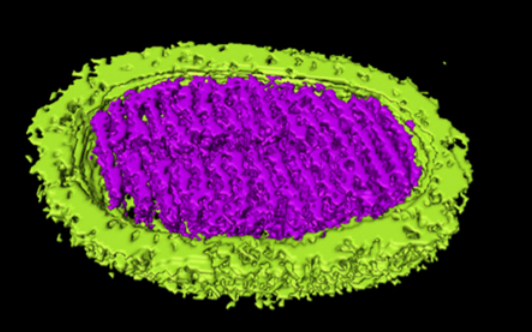
Novel Sulfolobus Virus with an Exceptional Capsid Architecture
A novel archaeal virus, denoted Sulfolobus ellipsoid virus 1 (SEV1), was isolated from an acidic hot spring in Costa Rica. The morphologically unique virion of SEV1 contains a protein capsid with 16 regularly spaced striations and an 11-nm-thick envelope. The capsid exhibits an unusual architecture in which the viral DNA, probably in the form of a nucleoprotein filament, wraps around the longitudinal axis of the virion in... Read more
Haina Wang, Zhenqian Guo, Hongli Feng, Yufei Chen, Xiuqiang Chen, Zhimeng Li, Walter Hernández-Ascencio, Xin Dai, Zhenfeng Zhang, Xiaowei Zheng, Marielos Mora-López, Yu Fu, Chuanlun Zhang, Ping Zhu, Li Huang
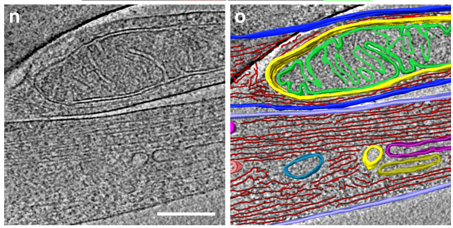
Correlative cryo-electron microscopy reveals the structure of TNTs in neuronal cells
The orchestration of intercellular communication is essential for multicellular organisms. One mechanism by which cells communicate is through long, actin-rich membranous protrusions called tunneling nanotubes (TNTs), which allow the intercellular transport of various cargoes, between the cytoplasm of distant cells in vitro and in vivo. Here, we use correlative FIB-SEM, light- and cryo-electron microscopy approaches to elucidate the structural organization of neuronal TNTs. Our data indicate ... Read more
Anna Sartori-Rupp, Diégo Cordero Cervantes, Anna Pepe, Karine Gousset, Elise Delage, Simon Corroyer-Dulmont, Christine Schmitt, Jacomina Krijnse-Locker & Chiara Zurzolo
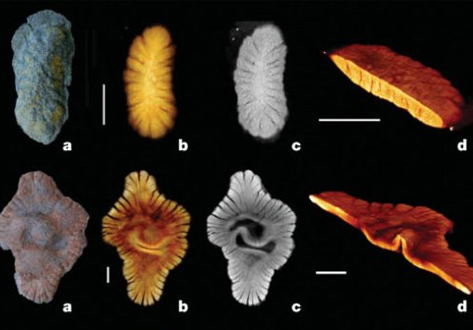
2 BILLION years old fossils appear to represent a first experiment in megascopic multicellularity
The Paleoproterozoic Era witnessed crucial steps in the evolution of Earth’s surface environments following the first appreciable rise of free atmospheric oxygen concentrations ∼2.3 to 2.1 Ga ago, and concomitant shallow ocean oxygenation. Combined microtomography, geochemistry, and sedimentary analysis suggest a biota fossilized during early diagenesis. The emergence of this biota follows a rise in atmospheric oxygen, which is consistent with the idea that surface oxygenation allowe... Read more
Abderrazak El Albani, Laboratoire HYDRASA, UMR 6269 CNRS-INSU, Université de Poitiers, France
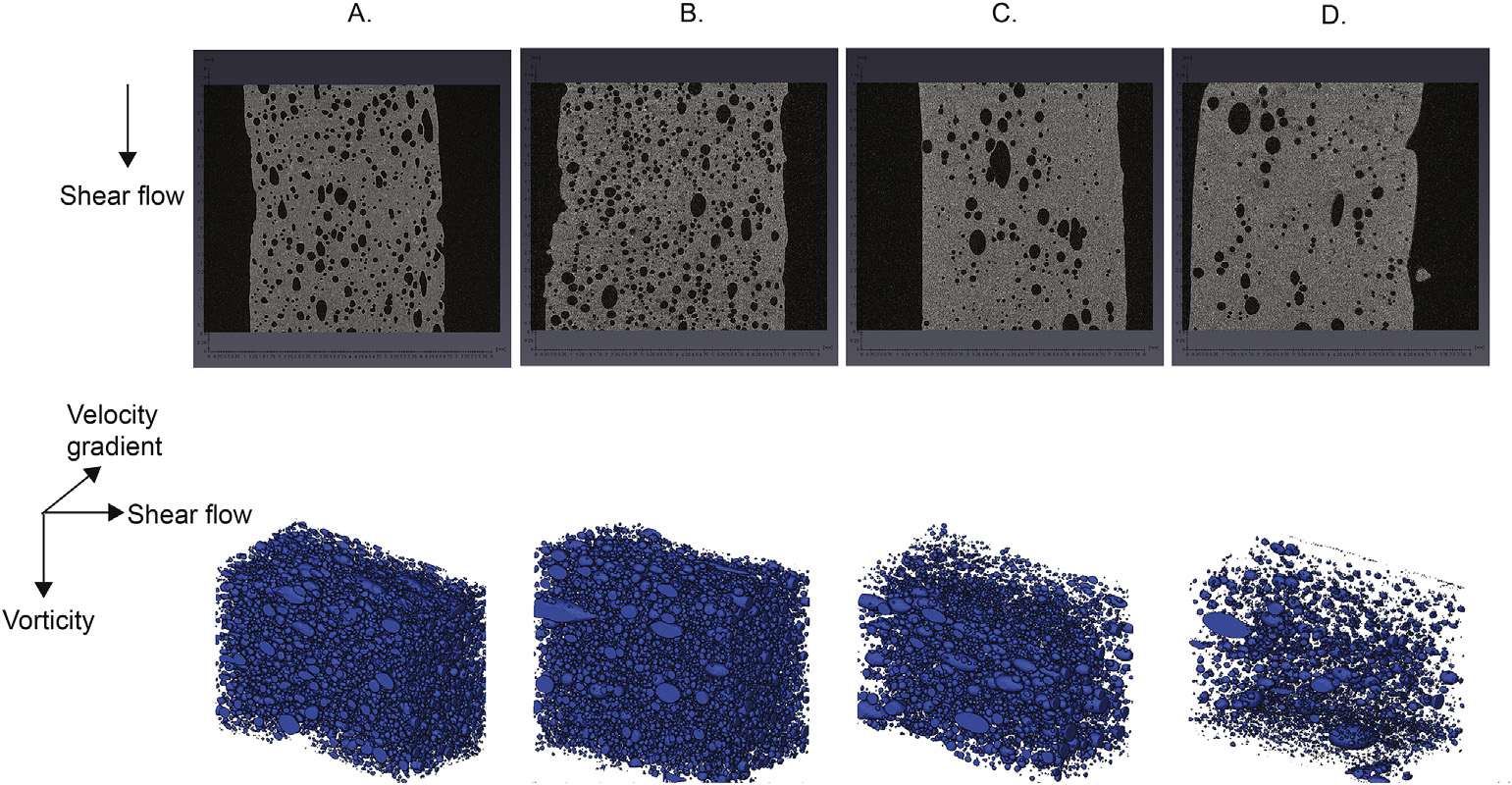
Air bubbles in calcium caseinate fibrous material enhances anisotropy
Dense calcium caseinate dispersions can be transformed into hierarchically fibrous structures by shear deformation. This transformation can be attributed to the intrinsic properties of calcium caseinate. Depending on the dispersion preparation method, a certain amount of air gets entrapped in the sheared protein matrix. Although anisotropy is obtained in the absence of entrapped air, the fibrous appearance and mechanical anisotropy of the calcium caseinate materials are more pronounced with... Read more
Zhaojun Wang, Bei Tian, Remko Boom, Atze Jan van der Goot
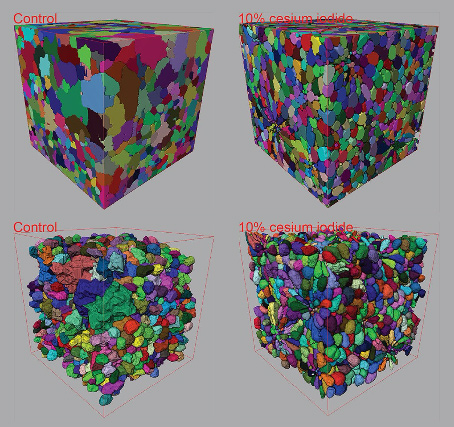
Contrast-enhanced 3D micro-CT of plant tissues using different impregnation techniques
X-ray micro-CT has increasingly been used for 3D imaging of plant structures. At the micrometer reso-lution however, limitations in X-ray contrast often lead to datasets with poor qualitative and quantitative measures, especially within dense cell clusters of plant tissue specimens. The current study developed protocols for delivering a cesium based contrast enhancing solution to varying plant tissue specimens for the purpose of improving 3D tissue structure characterization within plant spec... Read more
Zi Wang, Pieter Verboven and Bart Nicolai, Department of Biosystems KU Leuven – University of Leuven Willem de Croylaan, Leuven Belgium
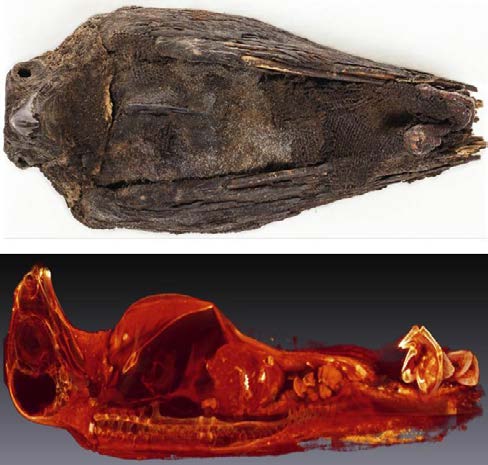
Entering this special exhibit at the Oriental Institute Museum at the University of Chicago, you will immediately feel transported into the ancient Nile delta marshlands with its lush green flora.
The combination of colors, video footage, bird songs, and ancient artifacts will give you the impression that you have just traveled through time and space.
At the start of the exhibit, you will find one of their most impressive artifacts, an empty shell of an ostrich egg from 3100 B... Read more
Rozenn Bailleul-LeSuer, The University of Chicago, Department of Near Eastern Languages and Civilizations
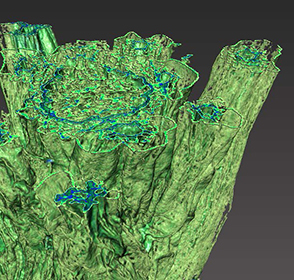
Unilever uses Avizo software to visualize and understand food and detergent structures
Food and detergent products are composed of complex micro structures. With modern microscopic techniques we can make them visible. The microstructure greatly affects macroscopic properties such as appearance, taste, mouth feel and solubility. Making these structures visible and quantifying them is essential to the development of products with optimal product properties. A broad range of imaging techniques is used to visualize microstructure elements at different length scales. For example, X-... Read more
Gerard van Dalen, Unilever R&D Vlaardingen (The Netherlands)
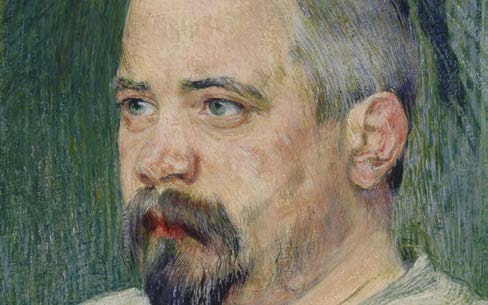
SIK-ISEA uses Avizo software to understand 19th century painting techniques
The characterization of the porosity of ground layers in easel paintings: a first step towards understanding its role in water uptake, reactivity and material transport in 19th and early 20th century paintings. The Swiss Institute for Art Research (SIK-ISEA) is studying the studio practice of Swiss painters of the late 19th early 20th century, the materials they used for their paintings, and the deterioration processes the paintings undergo as they age.
Amongst other issues this study... Read more
SIK-ISEA